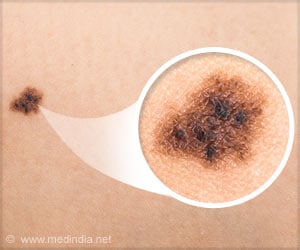Discover the alarming global health impact of short-term PM2.5 exposure with over a million deaths, particularly in Eastern Asia.

Estimates of global mortality burden associated with short-term exposure to fine particulate matter (PM2.5)
Go to source).
Eastern Asia's Deadly Air: PM2.5's Urban Impact Exposed
To date most studies have focused on the health impacts of living in cities where pollution levels are consistently high, ignoring the frequent “spikes” in pollution that can impact smaller urban areas that occur for instance landscape fires, dust, and other intermittent extreme air-pollution concentration events. The Monash University study looked at mortality and pollution levels of PM2.5 in over 13,000 cities and towns across the globe in the two decades to 2019. Led by Professor Yuming Guo, the study is important because it is the first to look at short-term exposure globally – rather than the long-term impacts of persistent exposure such as for people living in cities with high pollution levels.TOP INSIGHT
Did you know? Globally, over one million annual deaths are from short-term PM2.5 exposure, with Eastern Asia most affected. #airpollution #mortality #publichealth #medindia
According to Professor Guo, the short-term health effects of being exposed to air pollution have been well documented, “such as the mega-fires in Australia during the so-called Black Summer of 2019–20 which were estimated to have led to 429 smoke-related premature deaths and 3230 hospital admissions as a result of acute and persistent exposure to extremely high levels of bushfire-related air pollution,” he said.
“But this is the first study to map the global impacts of these short bursts of air pollution exposure.” The authors add that because of the high population densities in urban areas together with high levels of air pollution, “understanding the mortality burden associated with short-term exposure to PM2.5 in such areas is crucial for mitigating the negative effects of air pollution on the urban population.”
Did You Know?
The major causes of urban air pollution are from manufacturing, combustion engines, motor cars, cooking firewood, the construction industry, and dust. These sources emit poisonous gases into the atmosphere such as particulate matter (PM2.5), CO2, CO, SO2, NOX, and PM10.
Global Air Pollution Spikes: A Lethal Crisis Unveiled
According to the study:- Asia accounted for approximately 65.2% of global mortality due to short-term PM2.5 exposure
- Africa 17.0%
- Europe 12.1%
- The Americas 5.6%
- Oceania 0.1%
The mortality burden was highest in crowded, highly polluted areas in eastern Asia, southern Asia, and western Africa with the fraction of deaths attributable to short-term PM2.5 exposure in eastern Asia being more than 50% higher than the global average.
Most areas in Australia saw a small decrease in the number of attributable deaths, but the attributable death fraction increased from 0.54% in 2000 to 0.76% in 2019, which was larger than any other subregion. One potential reason could be the increasing frequency and scale of extreme weather-related air pollution events, such as bushfire events in 2019.
Reference:
- Estimates of global mortality burden associated with short-term exposure to fine particulate matter (PM2·5) - (https://www.thelancet.com/journals/lanplh/article/PIIS2542-5196(24)00003-2/fulltext)
 MEDINDIA
MEDINDIA




 Email
Email





